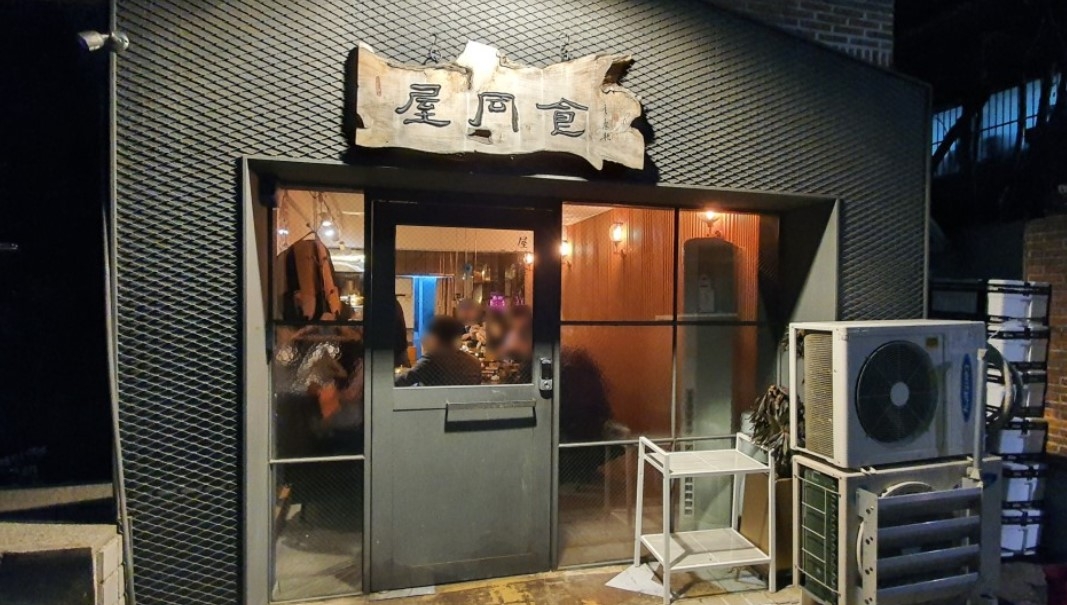E-Mart - Wangsimni Branch [Tax Refund Shop] (이마트 왕십리)
6.2Km 2024-04-22
17, Wangsimnigwangjang-ro, Seongdong-gu, Seoul
-
Olive Young - ENTER 6 Wangsimni Station Branch [Tax Refund Shop] (올리브영 왕십리엔터식스)
6.2Km 2024-04-22
17, Wangsimnigwangjang-ro, Seongdong-gu, Seoul
-
Olive Young - Wangsimni Station Branch [Tax Refund Shop] (올리브영 왕십리역사점)
6.2Km 2024-06-27
2F, 17, Wangsimnigwangjang-ro, Seongdong-gu, Seoul
-
Olive Young - Suncheonhyang Branch [Tax Refund Shop] (올리브영 순천향입구)
6.3Km 2024-04-16
71, Daesagwan-ro, Yongsan-gu, Seoul
-
Lee Glasses - Hongdae Branch [Tax Refund Shop] (이기대안경 홍대점)
6.3Km 2024-06-27
1F, 56, Dongmak-ro, Mapo-gu, Seoul
-
Nature Republic - Homeplus Wolgok Branch [Tax Refund Shop] (네이쳐리퍼블릭 홈플러스월곡점)
6.3Km 2024-04-23
76, Hwarang-ro, Seongbuk-gu, Seoul
-
Olive Young - Homeplus Wolgok Branch [Tax Refund Shop] (올리브영 홈플러스월곡)
6.3Km 2024-04-17
Home Plus Wolgok Branch, 76, Hwarang-ro, Seongbuk-gu, Seoul
-
Homeplus - Wolgok Branch [Tax Refund Shop] (홈플러스 월곡)
6.3Km 2024-04-22
76, Hwarang-ro, Seongbuk-gu, Seoul
-
Okdongsik (옥동식)
6.3Km 2024-02-22
44-10 Yanghwa-ro 7-gil, Mapo-gu, Seoul
Okdongsik specializes in clear pork bone soup, known as dwaeji gomtang. Its distinctive feature lies in the exceptionally clear broth made from only the meat of pig forelegs and hind legs. The signature dish is dwaeji gomtang, and alongside it, they also offer kimchi mandu, perfect for enjoying with the soup. With thinly sliced meat and a savory yet light broth, it has garnered much love and appreciation.
Olive Young - Hannam Ogeori Branch [Tax Refund Shop] (올리브영 한남오거리)
6.3Km 2024-04-16
1F, 65-1, Dokseodang-ro, Yongsan-gu, Seoul
-

![Olive Young - Suncheonhyang Branch [Tax Refund Shop] (올리브영 순천향입구)](http://tong.visitkorea.or.kr/cms/resource/21/2889221_image2_1.jpg)

![Olive Young - Hannam Ogeori Branch [Tax Refund Shop] (올리브영 한남오거리)](http://tong.visitkorea.or.kr/cms/resource/48/2889448_image2_1.jpg)
 English
English
 한국어
한국어 日本語
日本語 中文(简体)
中文(简体) Deutsch
Deutsch Français
Français Español
Español Русский
Русский